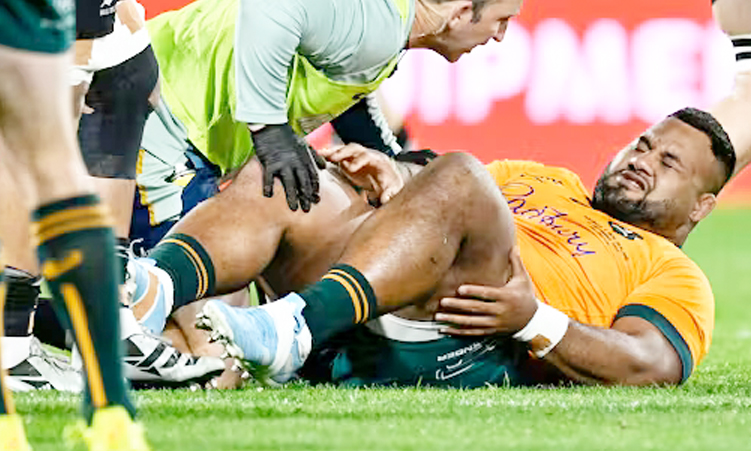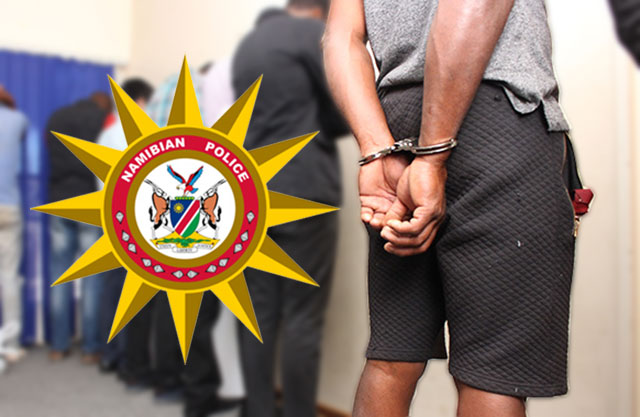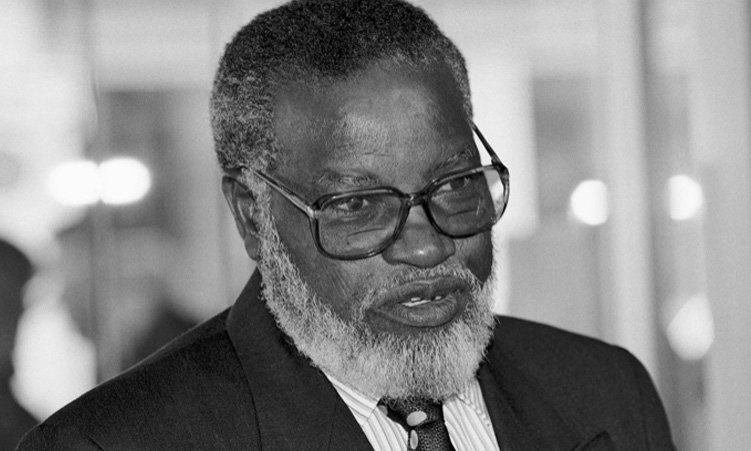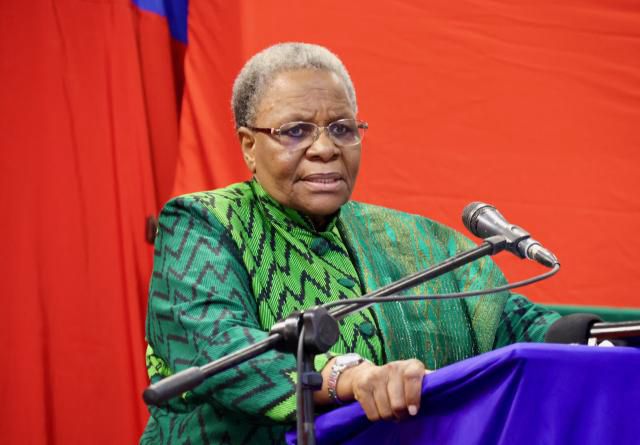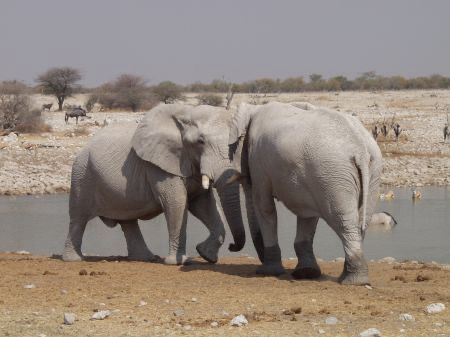THE PAST HAS proven that Namibia can produce world-class Olympic sportsmen and women.
We have produced Olympic competitors like Frankie Fredericks and Christine Mboma, as well as Olympic in-line hockey, cricket and rugby teams. Not to mention Helalia Johannes, Beatrice Masilingi, Jörg Lindemeier and the amazing Paralympic gold medallist Johanna Benson.
With a vast country of 680 000 square kilometres and only three million people, mostly concentrated in the north, how do we approach the unique challenge of producing world-class sport stars?
We could use the simple, effective and successful approach of Rassie Erasmus of South African rugby: Identify the core issues and build a management team and structure to address these issues.
Appoint a dedicated motivated chief of sport administration to appoint scouts and establish talent tests to identify gifted athletes at school level.
Set up a coaching system, for example junior and senior coaches for sport types, and set up a sport centre of excellence with medical support, such as the MTC Dome at Swakopmund.
Treat and intervene, from on-the-field injuries, to rehabilitation, to return to play, with the help of sport doctors, orthopaedic surgeons, multidisciplinary physiotherapists, biokineticists, dieticians and rehab teams centralised in one location.
Bring the sportsman to the centre due to limited staff and finances.
The different team sport codes are associated with specific and common injuries, which, if treated within seven days, can result in an early return to the sport.
If an injury is left untreated for more than three months it takes six months to return to sport.
The golden rule of sport injuries is simple: Treat early, get the correct diagnosis, and use a multidisciplinary approach.
The second golden rule is to treat the injury on the field already. Treat according to the ‘Spiice’ method: Splint, immobilise, use an ice pack, apply compression and elevate the injured area.
Take pain killers and see a sport doctor or orthopaedic surgeon within seven days.
Any pain lasting longer than three months results in disuse, muscle atrophy, stiff joints, a lack of coordination and anxiety or depression due to a loss of income and family and financial strain.
– Dr Neels de Villiers is an orthopaedic surgeon. He was a pain interventionist for the South African Athletics Association from 2005 to 2007 and a spinal orthopaedic adviser for the Stormer from 2007 to 2009.
Stay informed with The Namibian – your source for credible journalism. Get in-depth reporting and opinions for
only N$85 a month. Invest in journalism, invest in democracy –
Subscribe Now!




